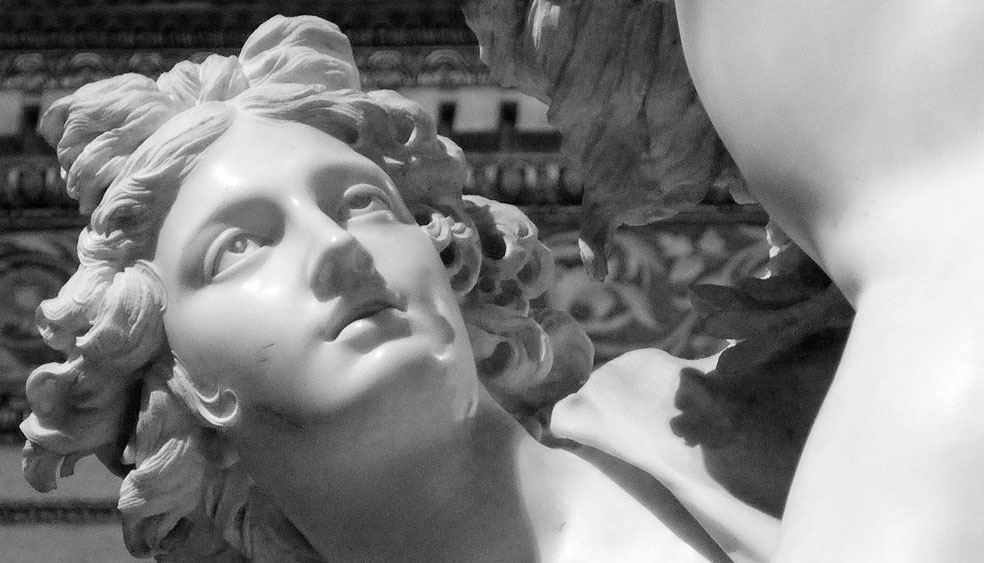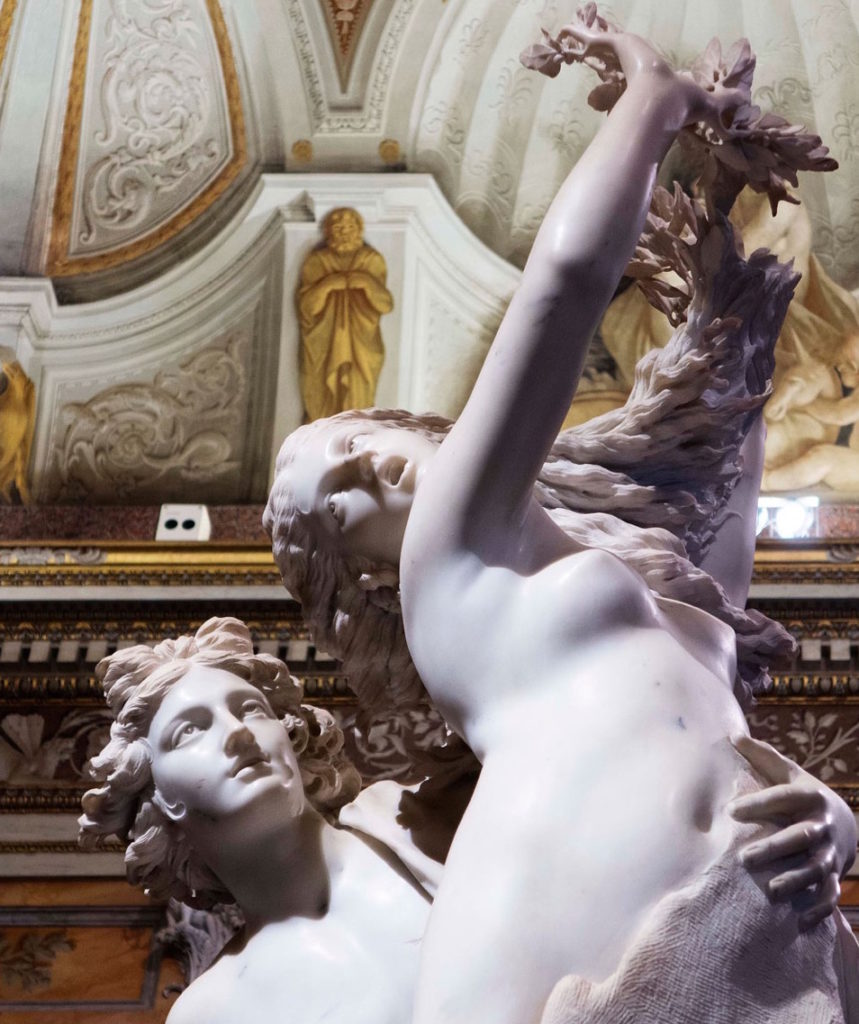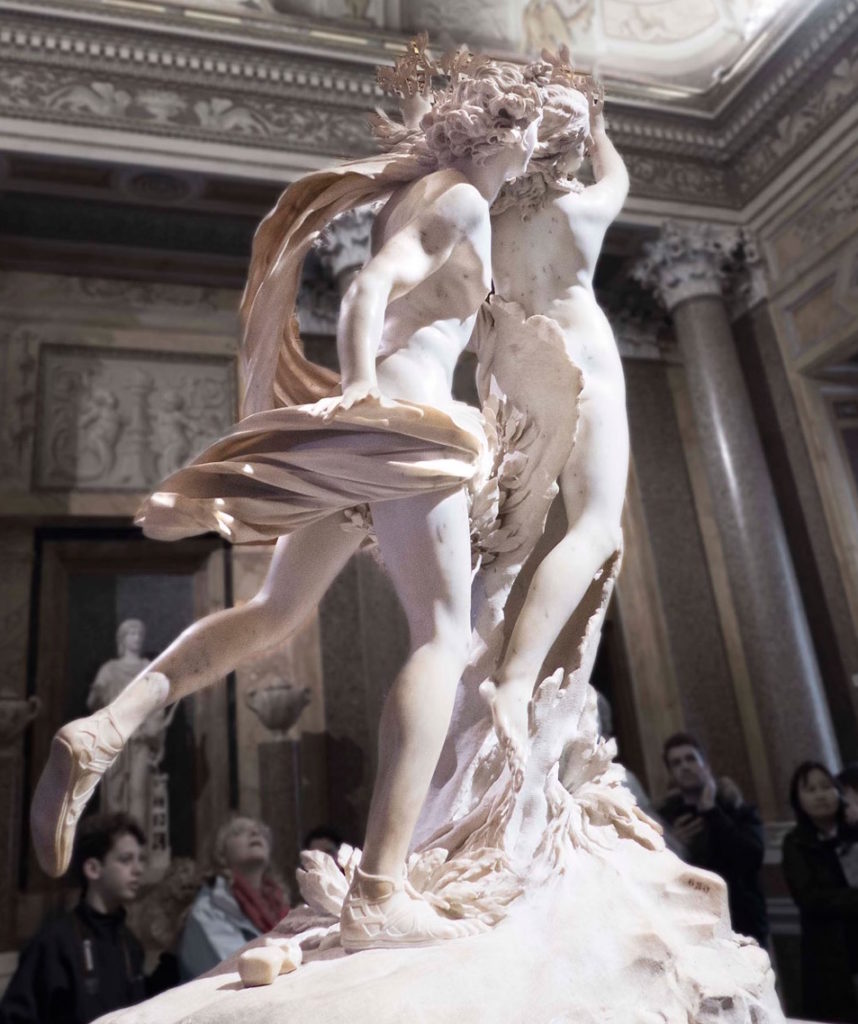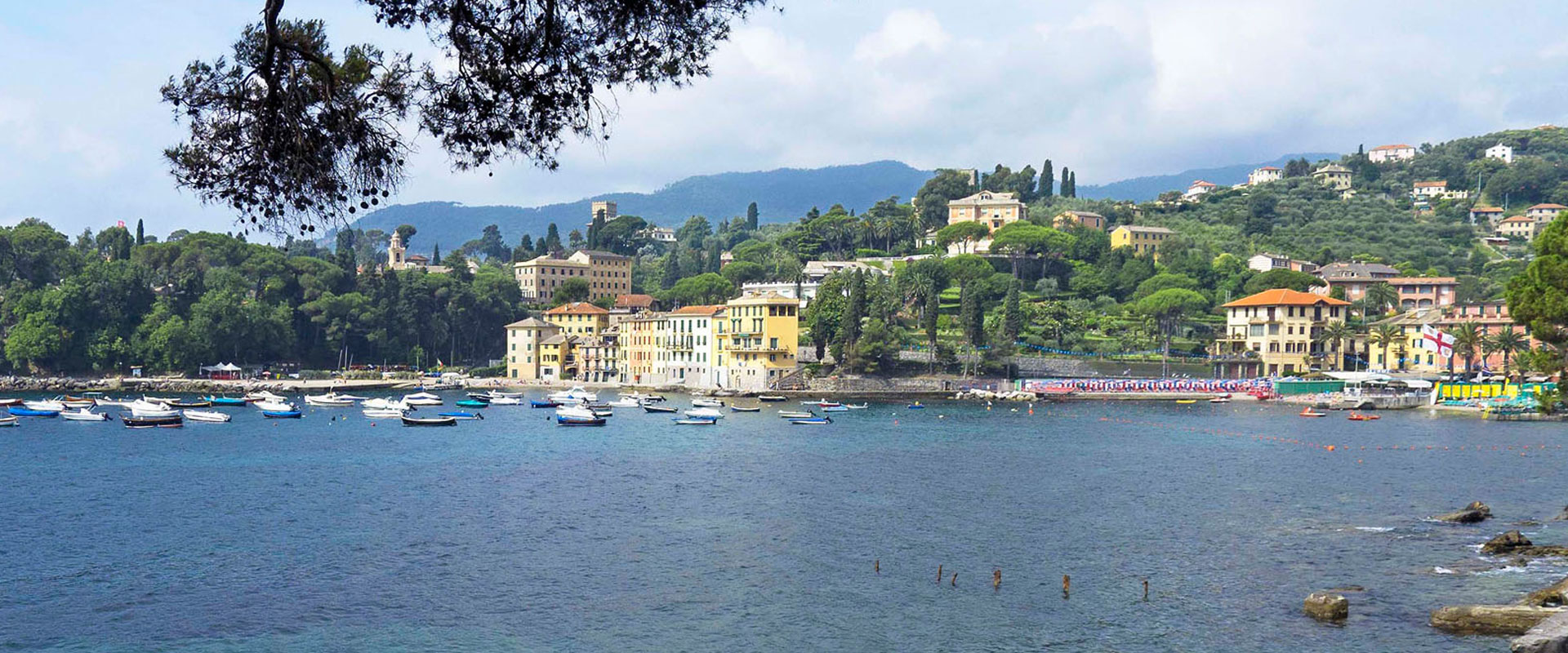24 Oct A SECRET GARDEN IN FLORENCE
Who doesn’t just love the idea of a secret garden?
Hidden away in Florence, just steps away from well-known tourist sights like the Pitti Palace, is Europe’s largest privately owned garden within an historic centre: the Torrigiani Garden.
The garden is known to have existed in the 1500s, when it first came to fame as a botanical garden, and successive generations of the family have extended and developed it over time.
In the early nineteenth century the owner transformed it into a ‘romantic’ English-style garden. Both the owner and his garden designer were Freemasons and the garden design incorporates a great deal of Masonic symbolism.
Few tourists find their way to this garden, which is open only by prior arrangement. Members of the Torrigiani Malaspina and Torrigiani di Santa Cristina families (often the Marquis himself) lead personalised and highly memorable tours through their magical ten hectare estate.
The garden offers a wealth of riches to the visitor: formal plantings, ancient rare trees, wide lawns and vistas, Roman walls, woodlands, sculptures and even a temple of Arcadia. The family has restored the antique glass houses and built modern greenhouses including a lovely lemon house.
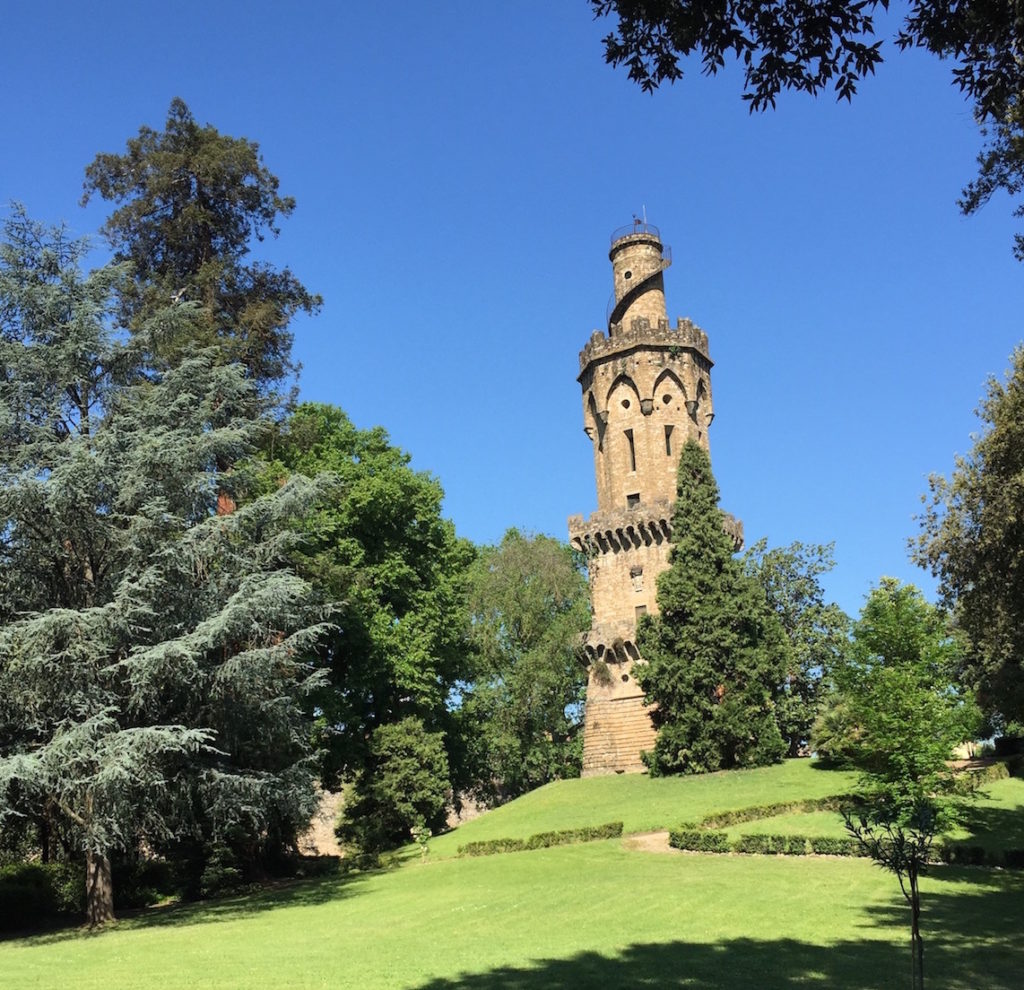
One fascinating feature is the tower, built in 1824 as an astronomical observatory. It contains a library, a collection of astronomical instruments and an open terrace for star-gazing. Its three levels also allude to the Masonic initiation process, so you can imagine all sorts of alchemy happening in this romantic space.
These days the garden performs several functions: it continues to be an important botanical resource; as a gardening and crafts workshop centre; and the family provides fresh herbs to local restaurants.
As many visitors have observed, a visit to Torrigiani Garden is the closest you can get to experiencing the life of a wealthy old Florentine family.
A visit to the Torrigiani Garden is always one of the highlights for guests on our Great Gardens of Italy tour. Our next tour is running in April and May 2017 so if you would like to visit this and other fascinating gardens in Rome, Florence, Verona and Lake Como, contact Luca today.



